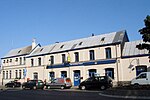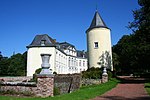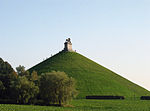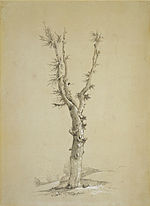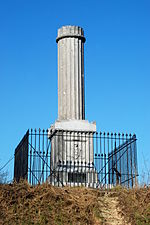Braine-l'Alleud
Braine-l'AlleudMunicipalities of Walloon Brabant

Braine-l'Alleud (French pronunciation: [bʁɛn lalø] (listen); Dutch: Eigenbrakel [ˈɛi̯ɣə(n)ˌbraːkəl] (listen); Walloon: Brinne-l'-Alou) is a municipality of Wallonia located in the province of Walloon Brabant, Belgium, about 20 kilometres (12 miles) south of Brussels. The municipality consists of the following districts: Braine-l'Alleud (including the hamlet of Sart-Moulin), Lillois-Witterzée, and Ophain-Bois-Seigneur-Isaac. Bordering Flanders, the town is home to a minority of Dutch speakers. The famous Lion of Waterloo, where the eponymous battle took place, is in the territory of Braine-l'Alleud.
Excerpt from the Wikipedia article Braine-l'Alleud (License: CC BY-SA 3.0, Authors, Images).Braine-l'Alleud
Rue de la Goëtte,
Geographical coordinates (GPS) Address Nearby Places Show on map
Geographical coordinates (GPS)
| Latitude | Longitude |
|---|---|
| N 50.683333333333 ° | E 4.3666666666667 ° |
Address
Rue de la Goëtte
Rue de la Goëtte
1420 (Braine-l’Alleud)
Walloon Brabant, Belgium
Open on Google Maps
